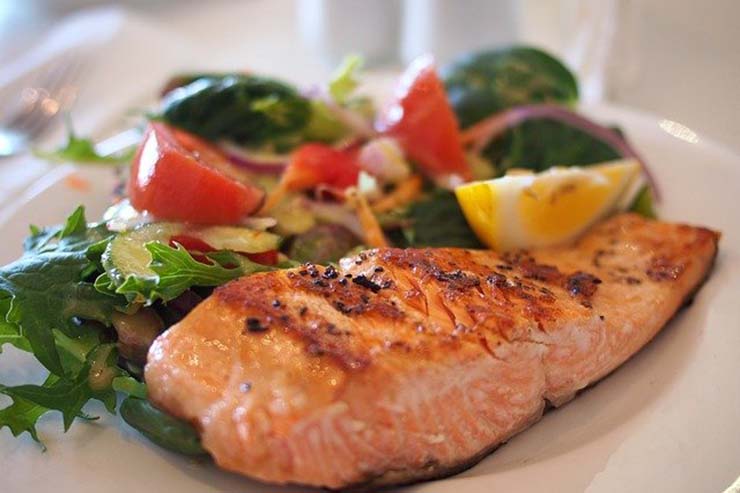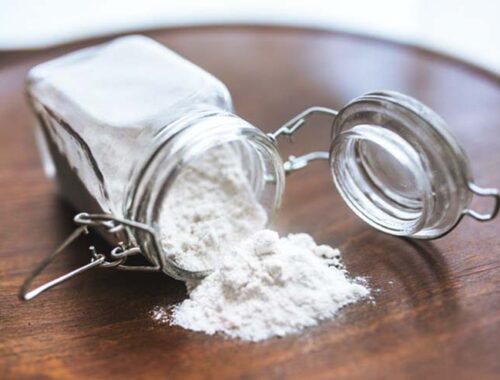Low-fiber diets have been associated with colon cancer AND hiatal hernia, which is linked to GERD.
Consuming low amounts of fiber can cause serious digestive problems and poor elimination of food and both are the major causes of acid reflux and other chronic diseases. But how much fiber do you really need?
High-fiber diets will help absorb and sweep away toxins and thus prevent many illnesses, increase the bulk in your stool and help it pass more quickly through the bowel, relieve constipation, help heal and prevent ulcers and control blood sugar levels and your weight.
For a complete healthy diet you need both soluble fiber (dissolves in water and comes from oatmeal, fruits and vegetables) and insoluble fiber (does not dissolve in water and comes from whole grains such as wheat bran, peels of vegetables and fruits and outer layers of seeds). Each of the fiber types has different functions.
Dairy products and animal food products have no fiber at all while the non-starchy vegetables are excellent sources of fiber.
A good amount of fiber should be from 25-40 grams per day. However, if you have enough non-starchy vegetables and sprouts as part of your diet and you eat your fruit and vegetables unpeeled (when possible) and avoid excessive protein consumption, then you shouldn’t worry about having fiber deficiencies.
What I normally do is I make sure that almost any meal I have will have at least some type of fiber in it.
Need guidance on how to control and manage your acid reflux? Check out my Heartburn No More program





No Comments